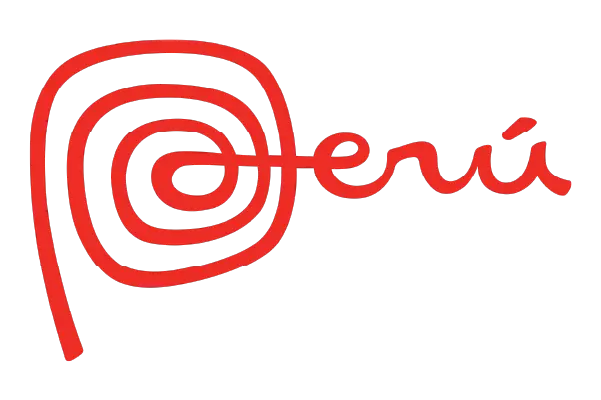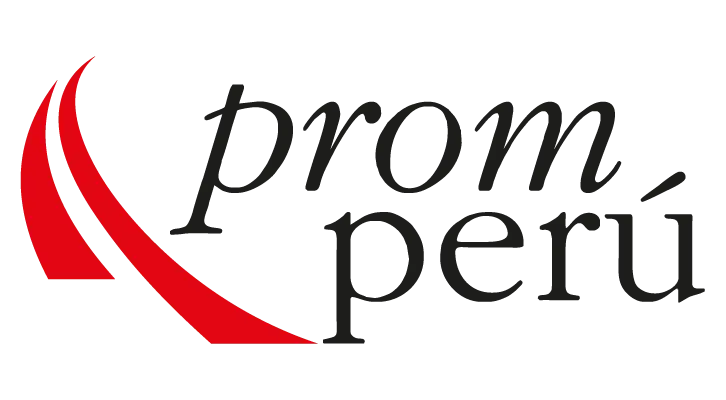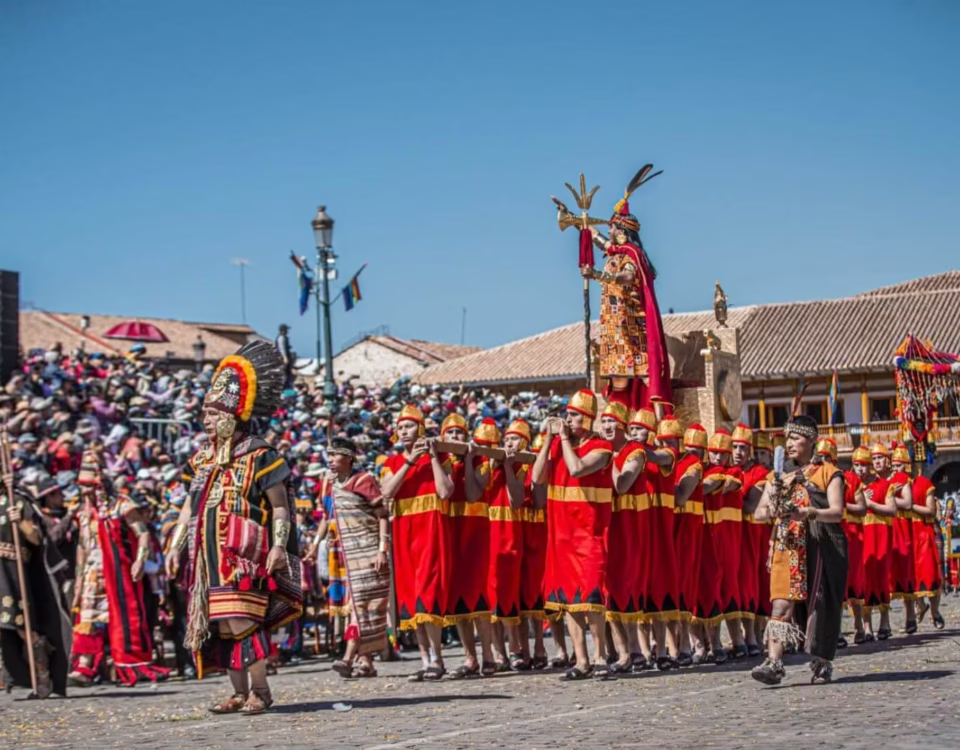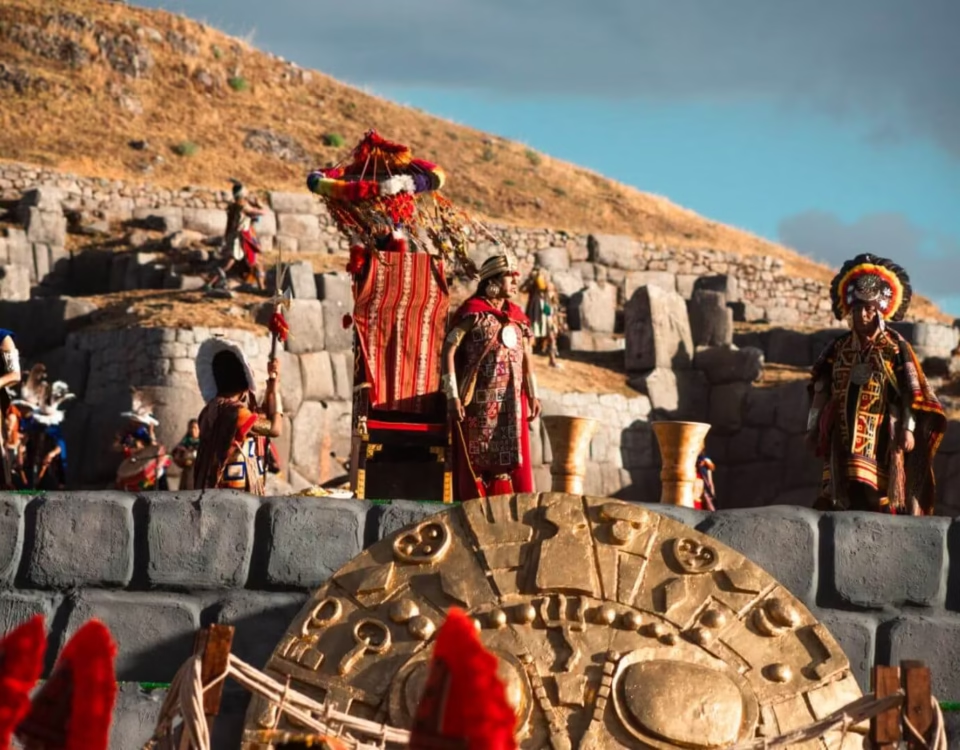Corpus Christi in Cusco

Corpus Christi in Cusco stands as the city’s most important religious festival. Each year, it brings together 15 sacred images from the main churches and parishes across Cusco. This tradition began in the 16th century, during the Spanish colonial period, and has continued uninterrupted for 486 years.
Over time, it has become a powerful expression of faith and devotion. During the celebration, each parish proudly carries its patron saints in a solemn procession. Eventually, they all arrive at the Cathedral Basilica of Cusco for a grand reunion with the Lord of Earthquakes, creating a deeply spiritual and unifying experience for the entire city.

Corpus Christi in Cusco follows the Church calendar, which sets the celebration nine weeks after Holy Thursday during Holy Week. For this reason, the festival will take place on June 19, 2025. During this event, people honor the Eucharist and the body of Christ.
This celebration happens once a year, when the 15 most venerated images of the city gather in Cusco’s Plaza de Armas and the Cathedral to meet the Lord of the Earthquakes.
Their devotees dress in their finest outfits to accompany the saints back to their original churches, and various dances fill the streets along the processional route.
It also offers a great opportunity to appreciate the enormous artistic and cultural wealth of Cusco. People install altarpieces decorated with Andean symbols, perform traditional dances, and fill the city with the festive atmosphere that defines Corpus Christi through lively music played by local bands.
History
The celebration of Corpus Christi began with the many festivals the Incas held in honor of their gods and ancient rulers, such as the sun, the moon, and others. Among these, the Day of the Sun stood out as the most important, where people offered gratitude and worship to all their deities. During this event, they carried the mummies of their rulers and high-ranking officials in grand processions. Later, when the Spanish conquistadors arrived, they witnessed these ceremonies and felt deeply astonished. As a result, they introduced a new form of religious expression by replacing the Inca mummies with Catholic images. To this day, these religious icons continue to be carried in procession, maintaining the spirit of the ancient tradition in a Christian context.
Despite the strong religious imposition by the Spanish conquistadors, the indigenous people of Cusco continued to preserve several ancestral traditions.
For example, they kept honoring the earth through ritual offerings and maintained the practice of chanting in Quechua. Moreover, they began directing these chants to the images of saints and virgins, blending their native beliefs with the newly introduced Catholic symbols. This cultural fusion allowed them to uphold their identity while adapting to the new religious context.


The Silver Coach
The Corpus Christi Silver Carriage in Cusco stands as a masterpiece of viceregal silverwork. During the procession of this religious festival, people use it to carry the Blessed Sacrament. The carriage consists of a wooden structure covered with silver plates. In 1727, Bishop Fray Bernardo de la Cerrada commissioned the work and hired a silversmith to create it.
The float made its debut during Corpus Christi in 1731, and from the very beginning, it drew admiration for its splendor as it reflected the sun’s rays. Since then, it has taken the lead in the Corpus Christi procession, carrying the sacred host in its gold and silver monstrance. Through this impressive display, the float continues to express deep faith and religiosity, attracting countless devoted believers year after year.
The Silver Carriage represents Cusco’s unique blend of religious and cultural traditions, showcasing both the artistic richness and the deep devotion of its people. Moreover, its participation in the Corpus Christi procession adds to the solemnity and splendor of the event. As a result, the celebration stands out as one of the most important in Cusco’s religious calendar.
Corpus Christi Entrance
On the eve of the Corpus Christi festival, the city of Cusco comes alive in honor of the Holy Eucharist. One by one, the saints and virgins leave their parishes and churches to begin their journey toward the Cathedral of Cusco. Along the way, parishioners accompany them with devotion, while traditional Cusqueñan dances fill the streets with music and color. This moment marks both an artistic expression and a vibrant cultural celebration. In many cases, the sacred images travel several kilometers before finally arriving at the grand gathering in the heart of the city.
The first gathering point is the Arch of Santa Clara, just a few blocks from Cusco’s main square. Here, the traditional “handing over of the keys” ceremony unfolds. In this symbolic act, Saint Peter gives the keys to Saint Anthony, the patron saint who leads the Corpus Christi entrance procession. With the keys in hand, Saint Anthony proceeds to open the cathedral doors, marking the beginning of this sacred celebration.
Around midday, the procession sets off, as all the saints make their way toward the main square. From there, they enter the Cusco Cathedral Basilica. According to tradition, the Lord of Earthquakes awaits their arrival inside, ready to hold an extraordinary meeting. During this sacred encounter, they come together to symbolically decide the future of the city of Cusco.
Among all the sacred images, the most anticipated and celebrated is the Virgin Queen of Bethlehem, the sworn patron saint and protective mother of Cusco. She arrives surrounded by thousands of devoted worshippers, while the finest musicians perform in her honor, adding even more splendor to the occasion.
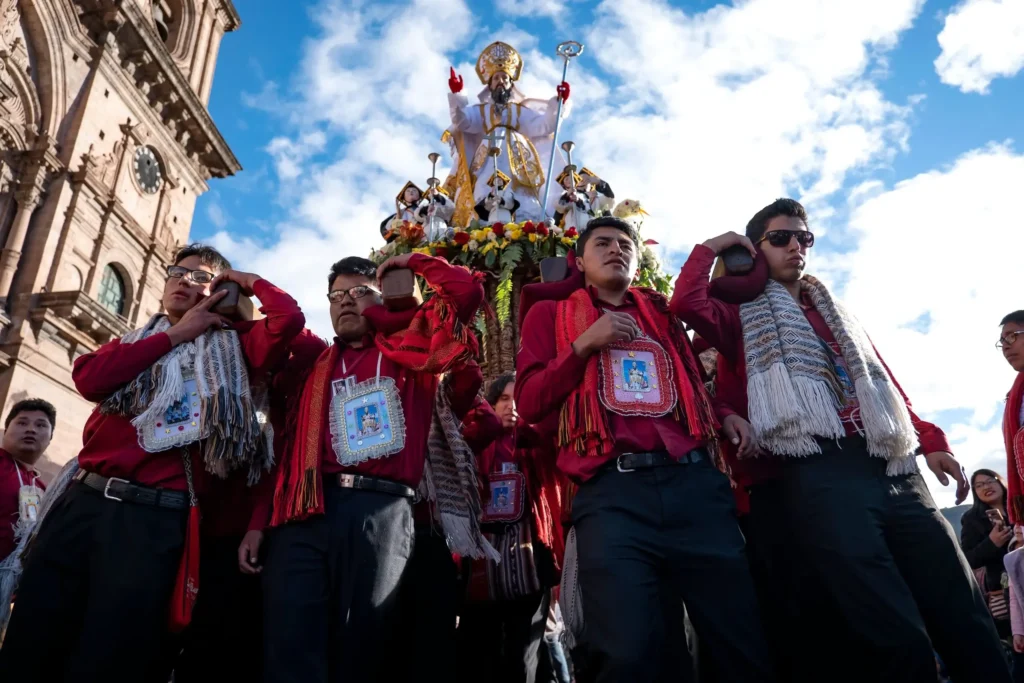
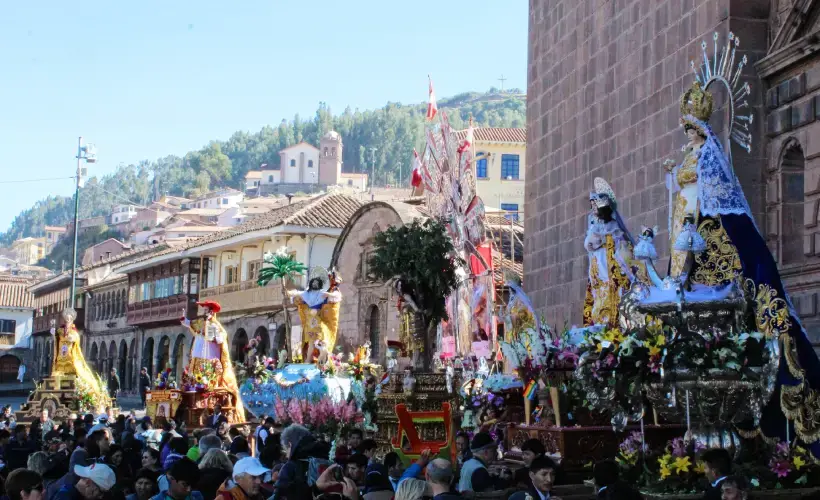
Main Day
It is the most anticipated day for the faithful, as the fifteen sacred images take their place in the central atrium of the Cathedral to join the Holy Mass in honor of the Corpus Christi celebration in Cusco. High-ranking ecclesiastical authorities also attend the event, adding to its significance. The Eucharistic celebration unfolds in Spanish, Latin, and Quechua, reflecting the city’s deep cultural roots and rich spiritual heritage.
Thus, around midday, the silver float begins the procession and completes a full circuit around the main square. Faithful followers walk alongside it, joined by students from the city’s well-known educational institutions and members of the brotherhoods who carry each religious image with devotion.
Finally, the procession of the fifteen images that take part in the festival sets off, marking a powerful moment of both reflection and joy for the people of Cusco. The procession continues for several hours and reaches its conclusion around 7 p.m., when the Virgin of the Immaculate Conception enters the Cathedral of Cusco.
At the end of the festival, the traditional Qashwa begins, as the faithful return to their hometowns, dancing to the lively rhythm of traditional music. Meanwhile, the images stay inside Cusco Cathedral for a week, allowing national and international tourists to visit and take photographs with the saints and virgins.
Octave of Corpus Christi
The Octave of Corpus Christi takes place one week after the main day of the Corpus Christi celebration. During this time, the images of the saints and virgins that participated in the central procession remain in the Cusco Cathedral, where religious ceremonies and solemn Masses continue to take place.
The Octave marks the moment when the images return to their respective parishes, bringing with them an atmosphere of celebration and devotion. As a result, the city streets come alive with music, traditional dances, and the irresistible aroma of local cuisine. Among the most iconic dishes is the traditional Chiri Uchu, which features guinea pig, corn, cheese, rocoto, and other regional ingredients. Meanwhile, the faithful accompany their saints through prayers, songs, and heartfelt offerings. In doing so, they express their deep gratitude and unwavering faith.
Each parish makes a dedicated effort to organize the best farewell for their saint or virgin. To achieve this, they decorate the floats with flowers, candles, and various ornaments. In addition, traditional dances like the chunchos and the qhapac negro bring a vibrant and colorful energy to the celebration, enriching the cultural atmosphere even further.
This event encourages people to reflect on the importance of cultural heritage and highlights the need to preserve it for future generations. At the same time, it strengthens the bond between faith, history, and the Cusco community.
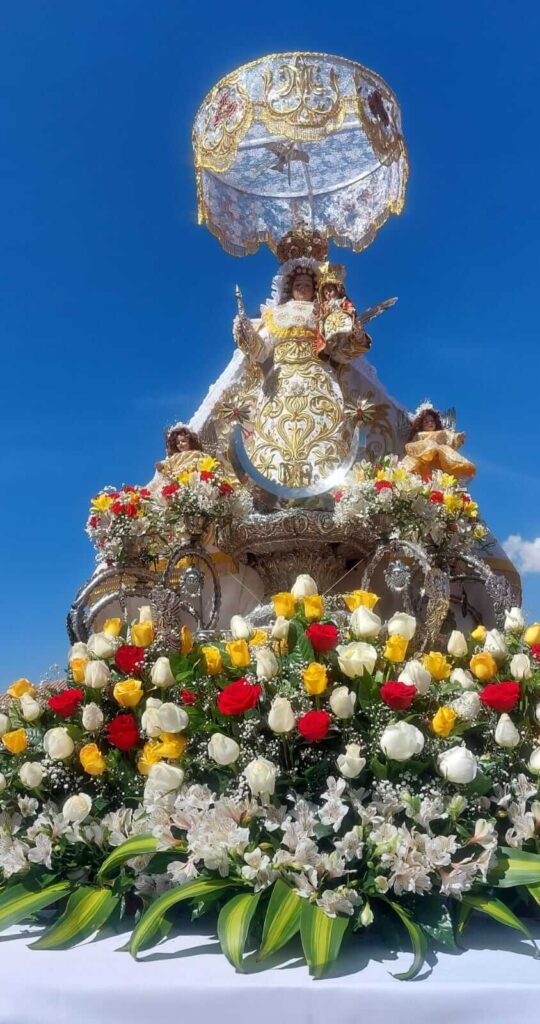
Descent of Saints
The Descent of the Saints stands out as one of the most significant traditions following the main celebration of Corpus Christi in Cusco. After eight days in the Cusco Cathedral, the saints and virgins begin their return to their respective parishes. During this time, the procession unfolds as a solemn yet festive act, filled with symbolism and devotion. Along the way, the faithful accompany their patron saints with deep fervor, walking through the city streets and honoring them with prayers, music, and heartfelt expressions of faith.
Since this is the last day the images remain together, a sense of melancholy fills the atmosphere as they begin their departure from Cusco’s main square.
Contact us anytime for travel tips, personalized itineraries, or cultural insights.
